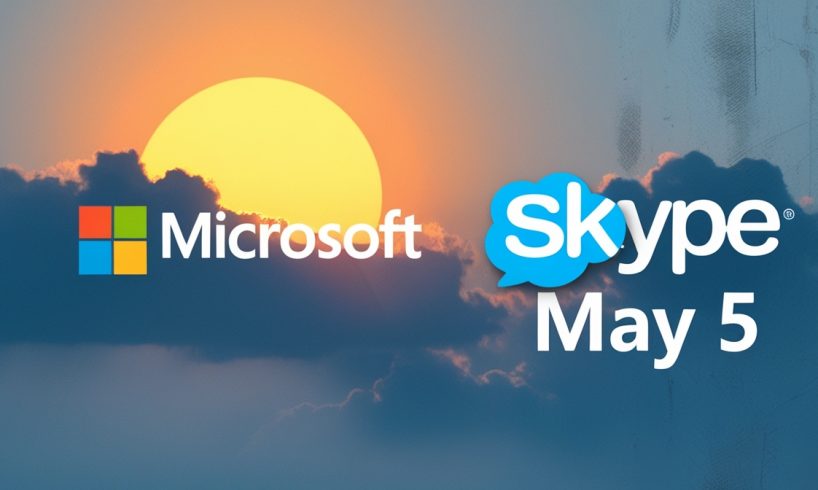
After nearly two decades of connecting people across the globe, Microsoft is officially retiring Skype for Business on May 5, 2025. The move marks the end of an era for one of the pioneering platforms in internet-based video and voice communication.
A Brief History of Skype
Launched in 2003, Skype revolutionized online communication by allowing users to make free voice and video calls over the internet. Microsoft acquired the platform in 2011 for $8.5 billion, integrating it into its suite of services. Over the years, Skype transitioned from a consumer tool to a business-oriented platform, especially after the launch of Skype for Business in 2015.
However, with the rise of Microsoft Teams — introduced in 2017 as part of the Microsoft 365 ecosystem — Skype gradually fell out of favor. Teams offered broader collaboration features such as file sharing, integrated chat, and app extensions, making it a more comprehensive solution for modern workplaces.
What Happens After May 5?
After May 5, Skype for Business will no longer be supported or available for download. Microsoft has already urged users and organizations to transition to Microsoft Teams, which it describes as the successor to Skype. Teams has absorbed much of Skype’s functionality and added features tailored to today’s hybrid work environments.
Existing Skype personal users (not Skype for Business) can continue using the app for the time being, but the long-term outlook suggests Microsoft may eventually phase out the entire platform.
What Should Subscribers Do?
For current Skype for Business users:
- Transition to Microsoft Teams: Microsoft offers migration tools and resources for organizations.
- Backup Conversations: Export any critical chat histories or files stored within Skype.
- Review Licensing: Ensure that current Microsoft 365 plans include Teams access or consider upgrades if needed.
For individual users of the Skype app:
- There is no immediate shutdown of the personal Skype service, but users should stay updated on Microsoft’s plans.
- It may be wise to explore Teams or other alternatives like Zoom, Google Meet, or WhatsApp for video communication needs.
While Skype may no longer be at the forefront of digital communication, its legacy remains significant. It changed how we connect, broke down geographical barriers, and laid the foundation for many platforms we rely on today. As Microsoft turns the page, users are encouraged to embrace the next generation of communication tools.

I am a person who is positive about every aspect of life.I have always been an achiever be it academics or professional life. I believe in success through hard work & dedication.
Technology Blogger at TechnoSecrets.com






